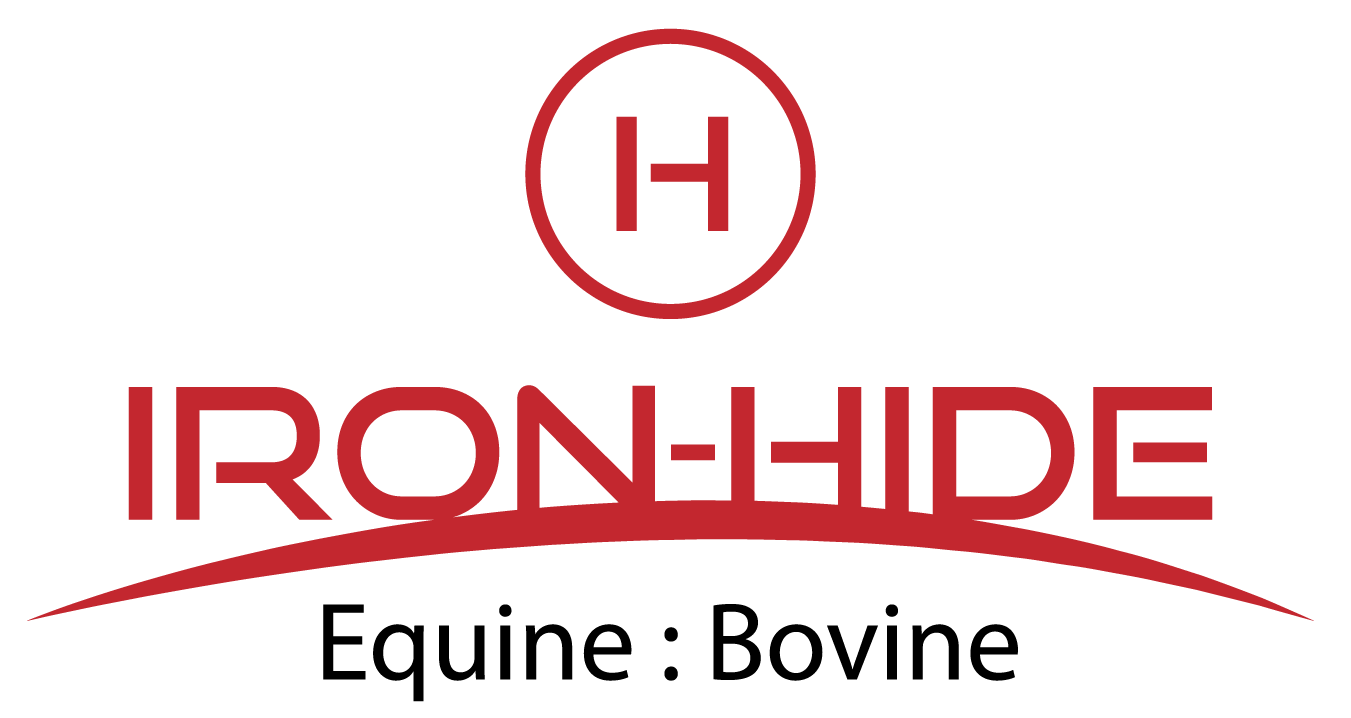Saddle Fitting Guide
1. With the horse standing on level ground, place the saddle on its back at the withers, and slide it back into place. This is an important step. Some saddle fit problems aren't caused by a poorly fitting saddle, but rather by a saddle positioned poorly.
Saddles are designed to match the horse's anatomy when in their proper position. If the saddle is positioned in front of, or behind this position, it can cause physical problems for both the horse and rider. Proper saddle position will have the saddle placed on the horse's back so that the cinch falls about four inches behind the elbow. It's very common for riders to place the saddle too far forward, causing soreness, saddle sores and constricting the horse's movement, and also putting the rider out of position. A saddle placed too far back will place the rider's weight on the horse's loins, causing discomfort and impairing movement. These problems can be misinterpreted as a saddle fit issue, when the saddle is not to blame.
2. Check the clearance at the withers. You should be able to place 2 or more (no more than 4) stacked fingers between the withers and the gullet (with no saddle pad).
3. Check the shoulder clearance. You should be able to easily slip your hand between the fleece lining and the horses shoulder (with a saddle pad). Ideally, you should also be able to do this with a rider in the saddle.
4. Check the skirt fit. The skirt should follow the contour of the horse’s back and not extend past its loins.
Check the balance. Step back and view your horse from the side. The flat area of the seat should be level and the fork should not be higher than the cantle. When cinched, the back of the saddle shouldn’t rock up.
Saddle Fit: Fitting the Horse
The goal of proper saddle fit is to identify a saddle that fits both participants - the horse and the rider. But which is the most important of the two? Without question, fitting the horse. Let's look at how to match the right saddle to your horse.
Key physical characteristics affecting saddle fit:
- Shape of the withers
Ideally, the withers of the horse are level with, or a little above, the highest point of the rump (or croup). Withers that are higher or lower than this would need special consideration when choosing a saddle.
- Shape of the Back
A horse that has an overly narrow or, conversely, an overly flat back, can find certain saddles to be uncomfortable. A horse that’s back is “downhill,” with his rump higher than his withers, can end up with the saddle slipping forward causing soreness.
- Length of the back
Horses with shorter than average backs can find the saddle’s skirts digging into their backs, loins, and kidneys.
- Prominence of the shoulders
Large-shouldered horses can be constricted by an ill-fitting saddle, limiting movement and forcing the shoulders against the tree bars. Thin-shouldered horses can cause the saddle to ride forward onto the shoulder blades.
Let us take some pressure off. There is no such thing as the perfectly fitting saddle. A horse’s conformation changes throughout its life, and even throughout the year as their exercise level and nutrition varies. Buying a saddle to precisely fit a horse at a moment in time often results in a poorly fitting saddle at a later date.

